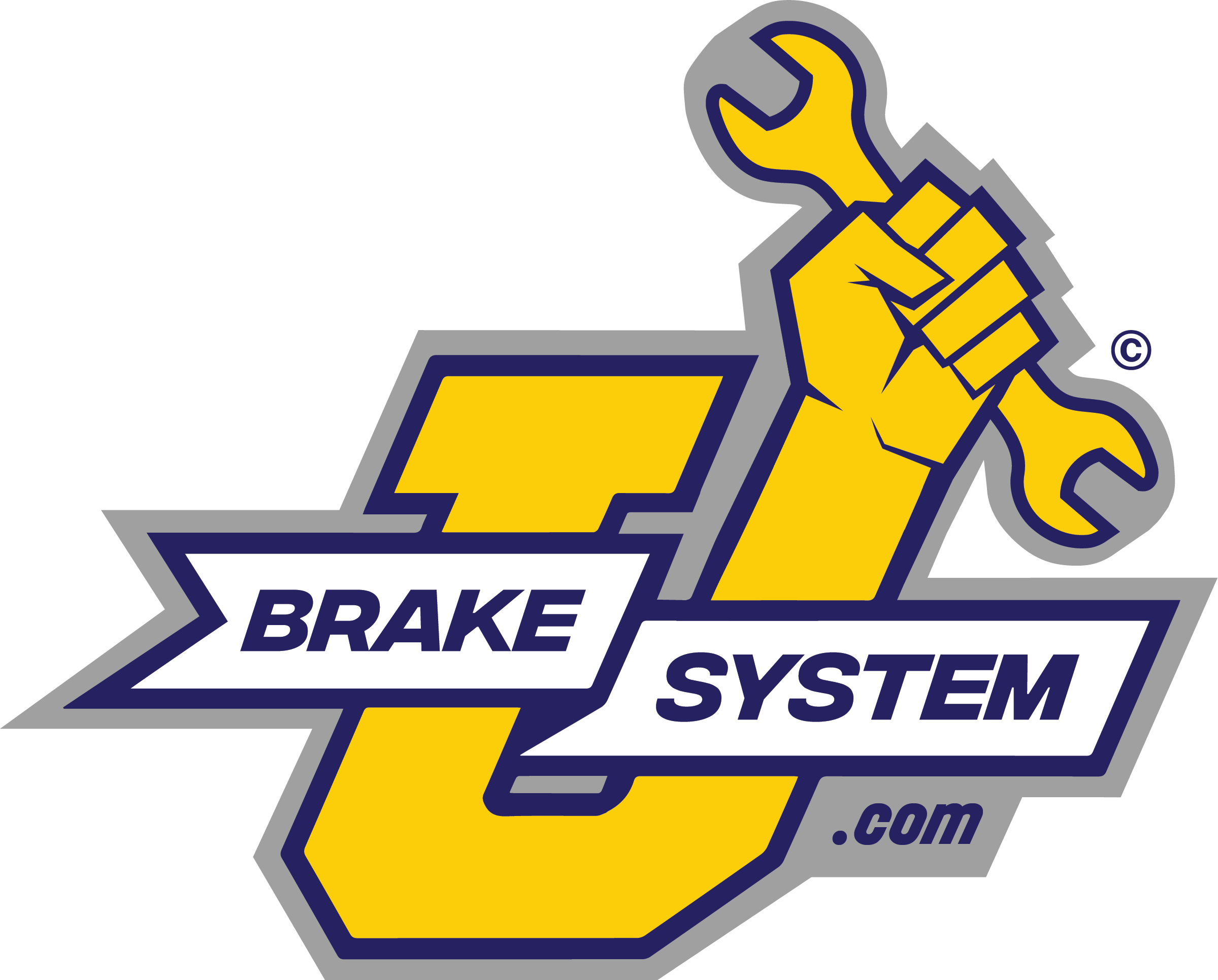You can find the ABS wheel speed sensor for your vehicle on the hub of your vehicle’s drive tire. The sensor has many functions, including the anti-lock braking system, traction control, and the vehicle’s wheel speed. If a wheel sensor fails, or fails intermittently, these systems may be affected, and you will notice it while driving. Your ABS brakes may lock up. Since the wheel speed sensor also sends information to other computers, reading a wrong speed could affect other systems in the vehicle and affect how your vehicle runs.
Symptoms of a Bad ABS Wheel Speed Sensor
You may notice several symptoms telling you that the wheel sensor may be malfunctioning, but the main signs are:
- The ABS light on your dash might light up. This light also turns on when you have problems with the ABS system itself.
- The traction control light might light up.
- The stability control light might light up.
- The ABS system is not working properly. If you hit the brakes hard, your brakes could lock up.
Additionally, your vehicle may enter “limp home” mode and/or the transmission won’t shift gears.
When diagnosing a wheel sensor, keep in mind that all functions on a vehicle affect other functions. While the wheel sensor might seem bad, it could be something else causing the issues. The wires to the ABS wheel sensor may be damaged, you may have a blown fuse or a bad ABS relay, the ABS module might be malfunctioning, the ABS motor may be burned out, other wires in the ABS system may be damaged, or it could be something as simple as low battery voltage.
In most cases, you cannot tell if an electrical part is bad just by looking at it. You will have to ensure that the other parts of the ABS system are working properly before you commit to replacing the ABS wheel sensor.
Replacing a Bad ABS Sensor
- Park on level ground. Make sure the emergency brake is on and the transmission is in park. Turn the engine off. Locate the jack points for your vehicle. Jack up the side with the drive wheel. Place jack stands under the vehicle. Never rely on a hydraulic jack to keep the vehicle in the air.
- Locate the sensor. Remove the bolt(s) at the rear of the spindle. Disconnect the sensor’s plug from its mate on the wiring harness.
- Check the stator ring for any damage. Replace the stator ring at the same time as the sensor if you see any damage.
- Compare the new sensor with the old one to ensure you have the correct sensor. Plug the sensor’s electrical connection in, then bolt the sensor back onto the spindle.
The ABS light should go out if it was illuminated. In most cases, you won’t need a scan tool to erase the code. However, some older Nissans or Volkswagens might require you to clear the code with a scanner.
Take the vehicle for a test drive. Listen for noises, which could signify improper installation. Look for performance issues. If you have them, continue checking for problems. If you find no other issues, you may have received a defective ABS wheel speed sensor.










